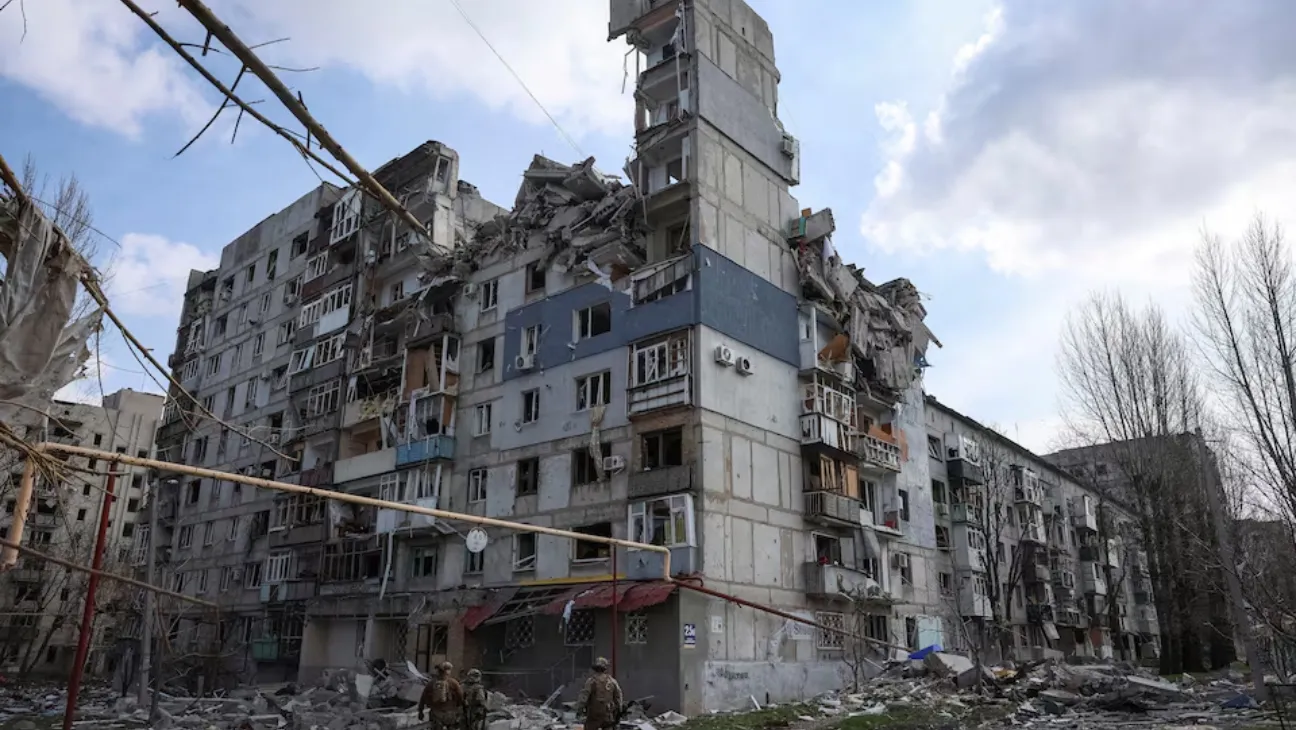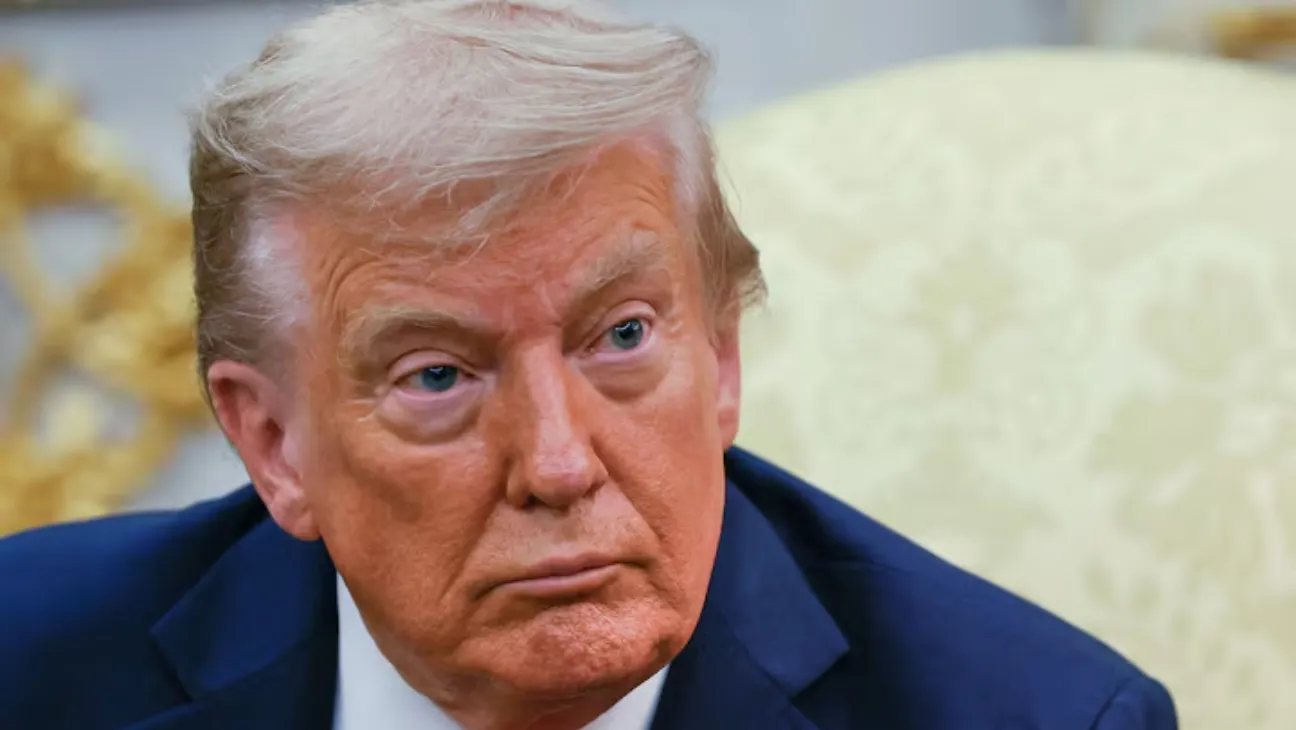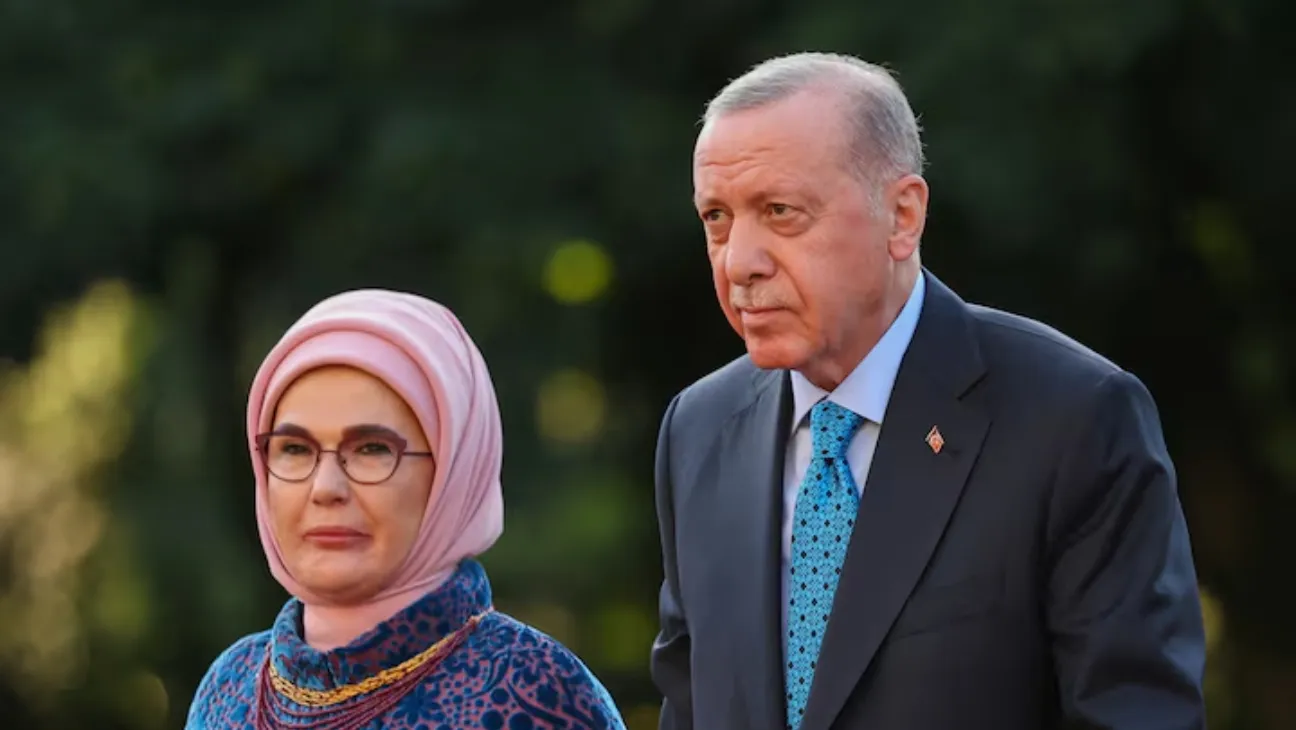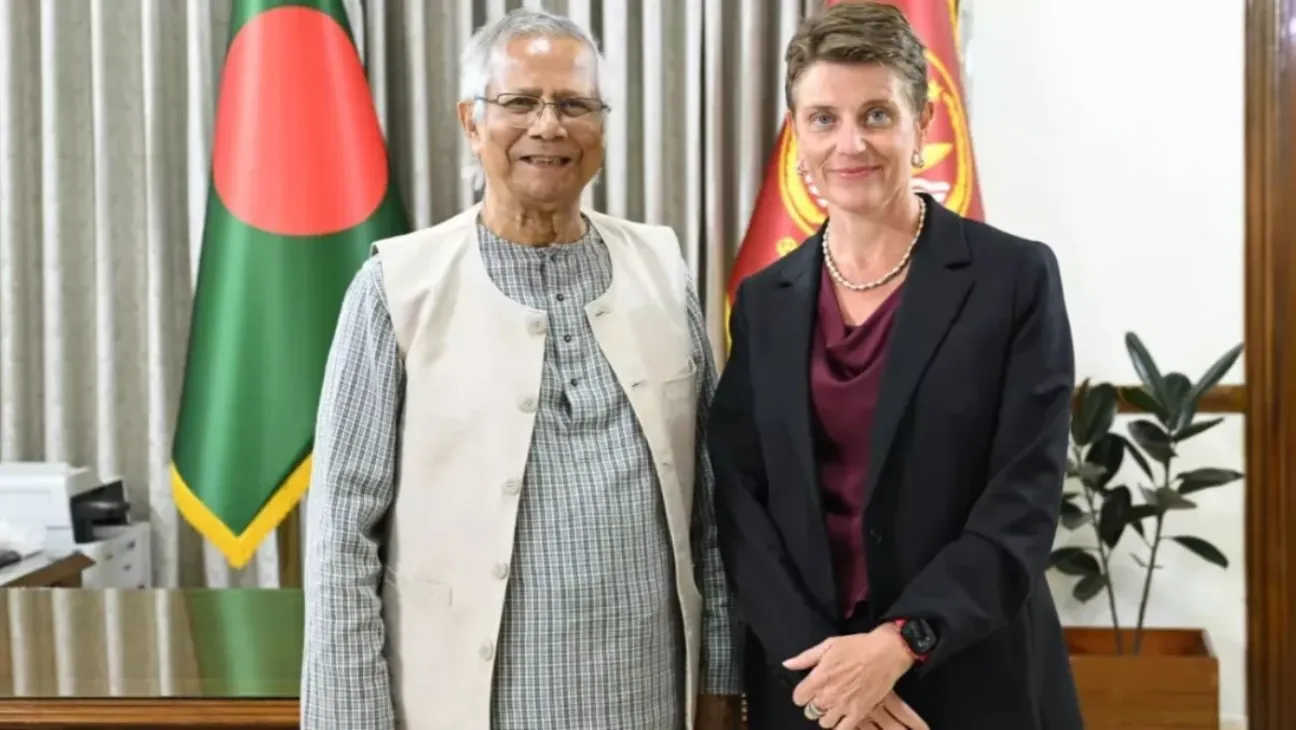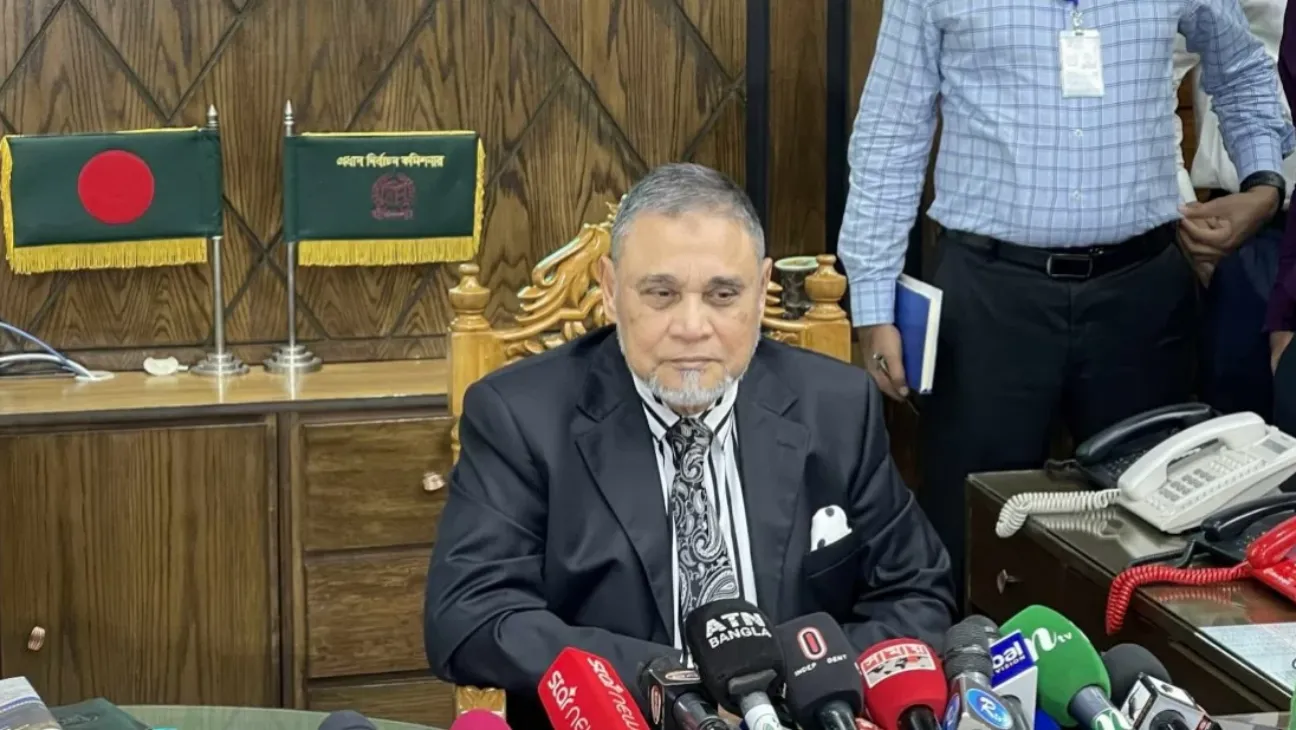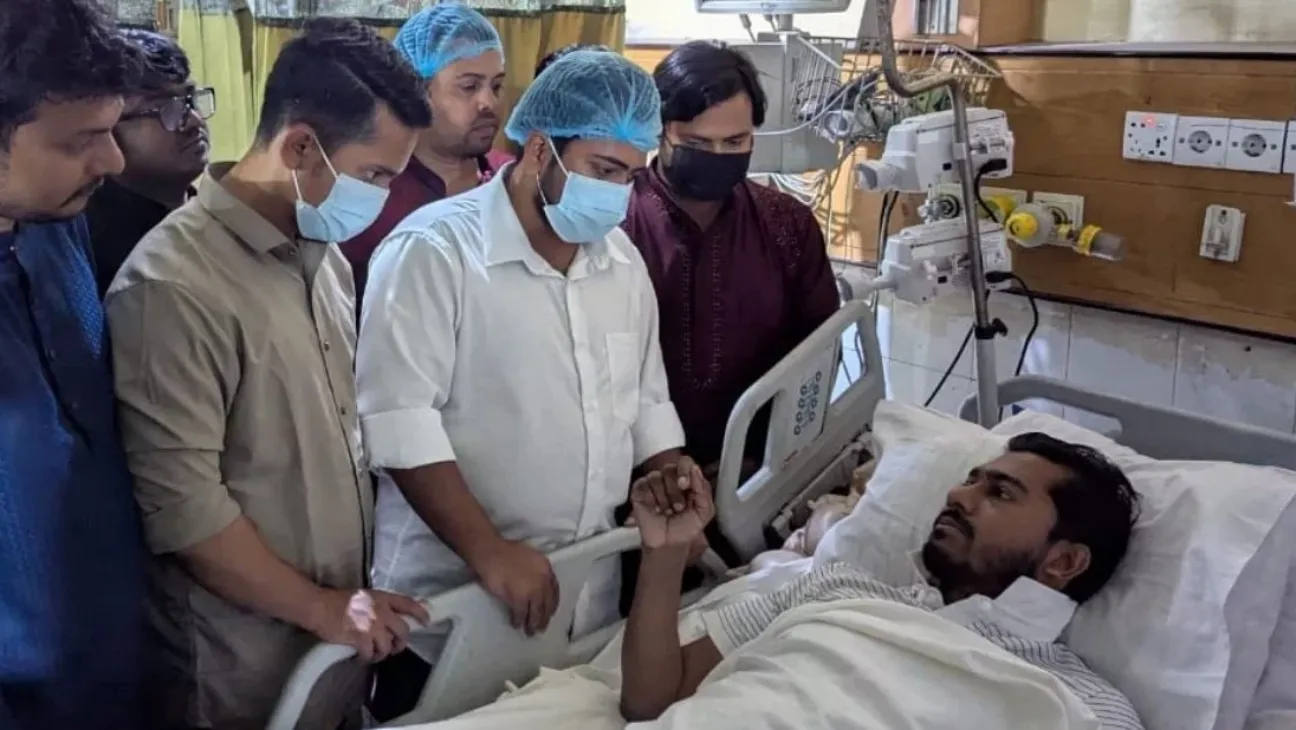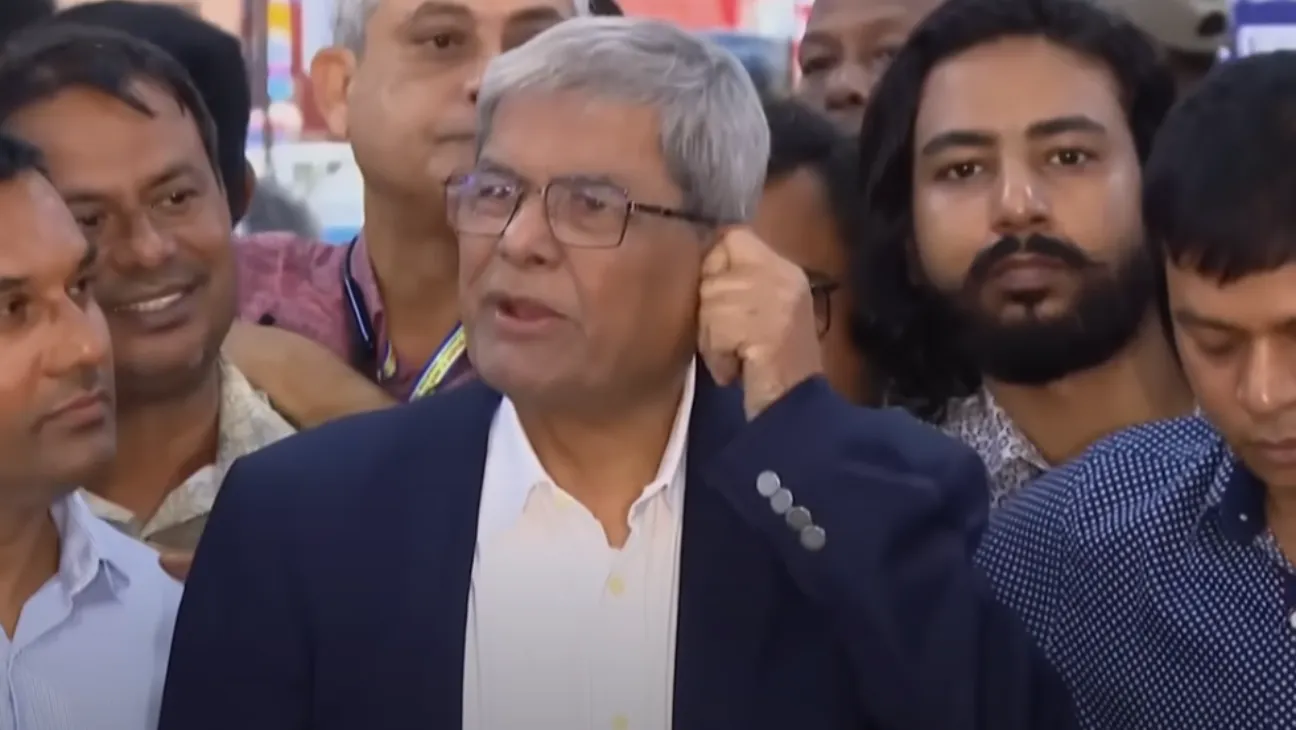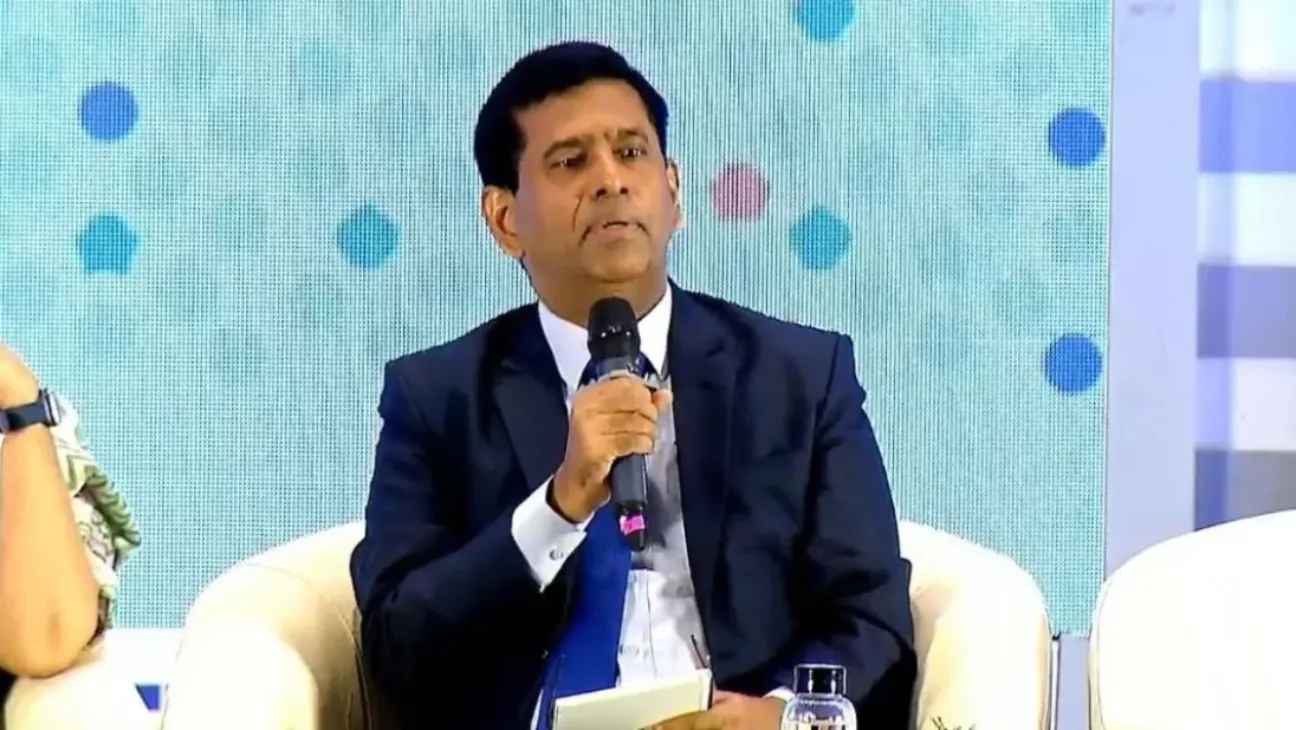Russian troops are moving closer to the frontline city of Pokrovsk in eastern Ukraine, while changing tactics and a rise in drone attacks make it harder for Ukraine to maintain control in one of the conflict’s busiest areas.
After months of holding off Russia’s push with drones and entrenched defense lines, Ukrainian troops are now facing mounting pressure. According to geolocated footage on Telegram channels from Ukraine and Russia, small Russian units briefly entered the city for the first time last week.
The city used to have around 60,000 residents but is now almost deserted. What remains is heavily damaged infrastructure and a battlefield where control remains uncertain.
Ukraine’s top military commander, Oleksandr Syrskyi, said more than 111,000 Russian troops are concentrated around Pokrovsk as part of Moscow’s broader summer offensive. Russia’s early attempts to seize the city last year failed. The strategy shifted from frontal assaults to encirclement, but Ukraine held its line—until recently.
“We were repelling them well,” said a Ukrainian artillery soldier who goes by the call sign Vogak. “They didn’t stop trying.”
Things may be changing as Russian troops adopt new methods. They are deploying fiber-optic-guided drones that can bypass normal jamming defenses and strike up to 25 kilometers behind the front, causing problems for Ukrainian logistics.
Roman Pohorilyi of DeepState, a Ukrainian military analysis group, said Russia now has more of these drones than Ukraine. That advantage has already translated into gains.
The turning point came in May, when Russia captured a highway linking Pokrovsk to nearby Kostiantynivka. Since then, deliveries into Pokrovsk have slowed. Serhii Dobriak, head of the local military administration, said food supply has become difficult. Shops are preparing to shut down.
On the ground, supply routes are hidden under camouflage nets to shield vehicles from drone attacks. Soldiers use VR-style goggles to guide drones toward enemy positions. Some Russian fighters have begun using motorbikes or traveling on foot to avoid detection.
But the Russian advance, while significant, is still limited in scale. According to the Center for Strategic and International Studies, Russia has taken less than 1% of Ukraine’s total territory since early 2024. In total, about one-fifth of the country is under Russian control.
President Volodymyr Zelensky downplayed reports of Russian troops entering Pokrovsk, calling the incursions “insignificant” and saying the soldiers were “all destroyed.”
Still, Ukraine is under pressure. Major-General Mykhaylo Drapatyi was appointed earlier this year to lead efforts in the Pokrovsk region. Drapatyi is credited with organizing counterattacks that have slowed some Russian gains, but analysts warn that new technologies are shifting the balance.
“The drone kill zone now stretches several kilometers deep,” Pohorilyi said. “That makes it nearly impossible to run supply chains without being targeted.”
Russia’s gains in May alone totaled more than twice the area it captured in April, according to Finnish open-source analyst Pasi Paroinen. DeepState estimates Ukraine lost more territory in June than any other month in 2025—more than a quarter of that loss was in the Pokrovsk region.
The cost of Russia’s advance has been high. Ukrainian commander Serhii Filimonov, who leads the Da Vinci Wolves battalion, described watching Russian troops fall victim to drone attacks day after day.
“Every prisoner says drones are the thing they are most afraid of,” he said in an April interview.
Filimonov shared accounts of Russian raiding parties operating in groups of five or six, often with little training. Some were prisoners or injured men sent back to the front. Soldiers would be handed phones with a location and told to march toward it. If they didn’t make it, the next group was sent in.
Reuters spoke to five relatives of missing Russian soldiers. Some said their loved ones had injuries, others had been promised non-combat roles. Several were later declared absent without leave, though their families believe they died in action. One soldier asked relatives to send him money for a walkie-talkie days before his unit went silent.
“Russia finds new victims, which it throws into the furnace,” Filimonov said.
Whether or not Russia takes control of Pokrovsk, the brutal and slow conflict continues. According to Ukrainian analysts, the city’s fall would have limited immediate impact but might free Russian troops to advance deeper into Donetsk.
There’s still no clear end in sight. The front lines move slowly, but the toll—on people, strategy, and morale—continues to grow.

